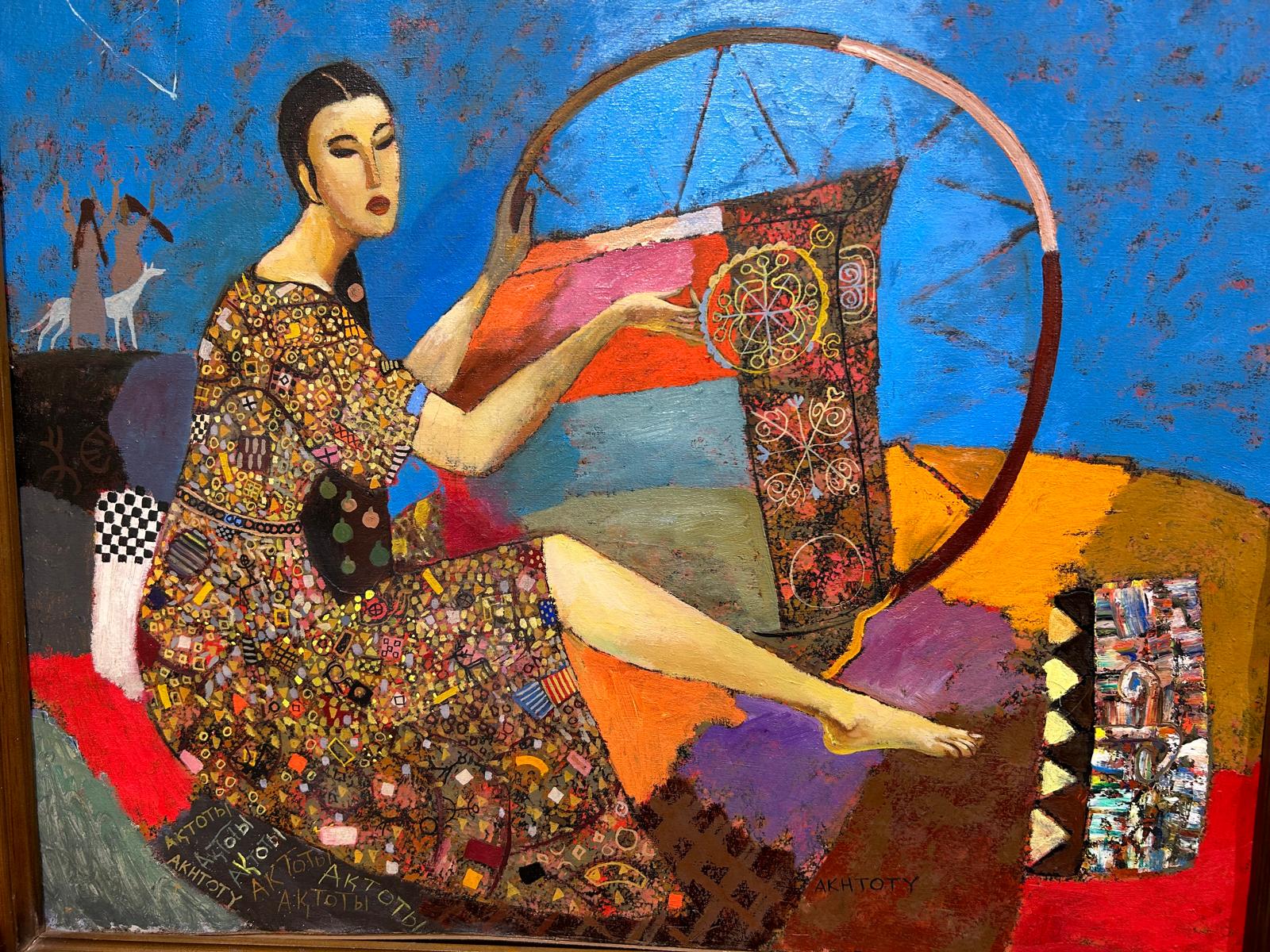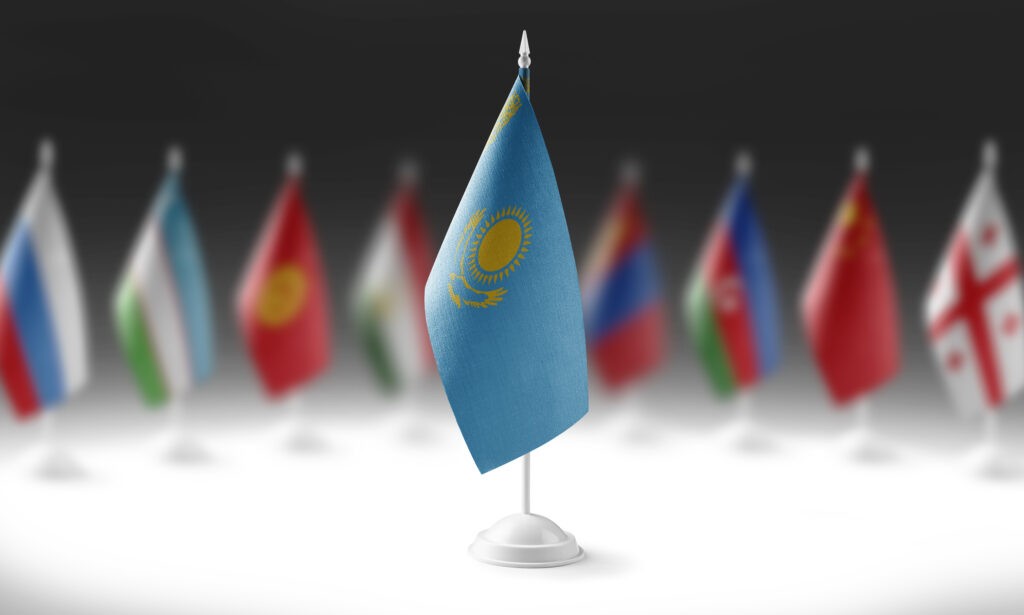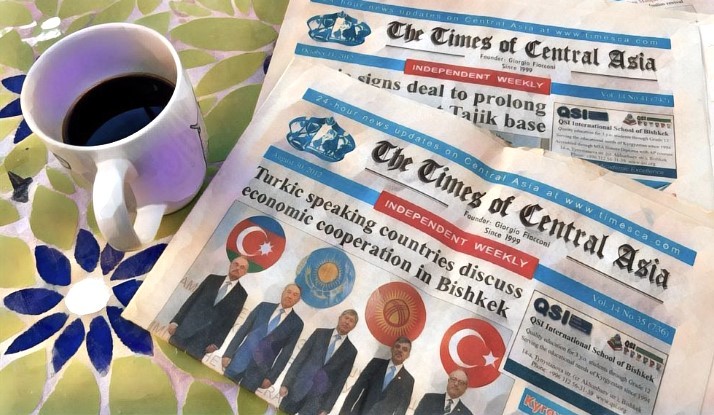The zhuz are tribal unions that have played an important role in the history and culture of the Kazakh people. There are three main zhuzes in Kazakhstan: the Senior Zhuz, the Middle Zhuz, and the Younger Zhuz. Each includes several tribes which have their own unique traditions and customs.
In general, zhuz began to form in the XVI-XVII centuries, when Kazakhs united to protect their lands from external threats. The Senior Zhuz occupied the southern and southeastern regions, the Middle Zhuz occupied the central and northern regions, and the Younger Zhuz occupied the western and northwestern territories of Kazakhstan. Each zhuz had its own system of governance and societal norms.
In addition, each zhuz had its own ru, which in Kazakh means patriarchal clan, descended from one ancestor of the seventh tribe or more.
Some of the most common ru include:
Dulat: One of the largest clans of the Senior Zhuz, known for its historical significance and large numbers.
Naiman: An important clan of the Middle Zhuz, which has played a significant role in the history of the Kazakh people.
Argyn: Another major clan of the Middle Zhuz, known for its warriors and cultural traditions.
Adai: A clan of the Younger Zhuz which is famous for its traditions and history.
Today, zhuz continue to play an important role in the life of Kazakhstan. People remain proud to belong to a particular zhuz and ru, passing on its culture to their children. For example, Kamila, a 20-year-old student from Almaty says she is honored to belong to the Argyny ru, and she and her family try to preserve its traditions.
“Our tamga, which in Kazakh means ancestral family sign, is a sign of infinity, and everyone in our family has a sign of the clan hanging. We are very proud of it, and I feel a connection to this symbol.”
Yerzhan, a 27-year-old, programmer and student of photography from Taraz, is proud of his Naiman background.
“They often say about us that we’re brave, courageous and strong-willed, because our ancestors fought with the armies of Genghis Khan,” he told TCA.
Asel from Shymkent, a 21-year-old student at the Taraz State University, an aspiring musician who plays the dombra, feels a connection with her ancestors from the Younger Zhuz, namely the Adai ru, and tries to follow their example. “My grandfather told me that many batyrs, Sufis, biys and akyns came from Adai. Beket-ata is especially famous. Perhaps that’s why I began to study music. There is a story that it was Adai ru who developed a special technique of playing the dombra which is known as the Mangistau school.”
Kazakh zhuz and rus remain an important part of the history and culture of Kazakhstan, and continues to live in the hearts and minds of people, preserving their traditions for future generations.









